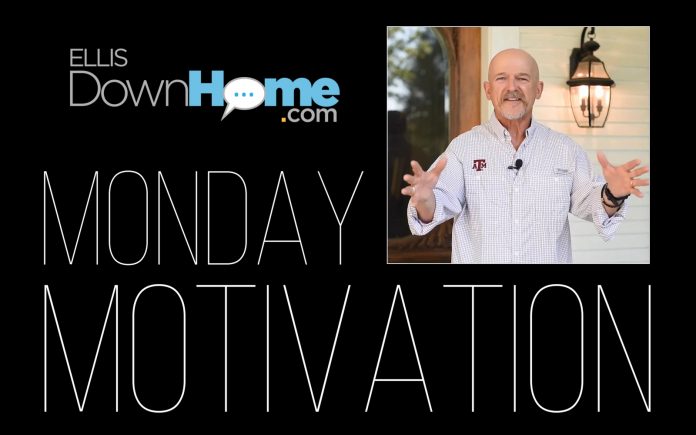
Leaders solve problems. They do many other things, but leaders spend significant time solving or planning to preclude problems. The most challenging, even “wicked problems” involve people. As Junior leaders and front-line supervisors closer to the point of action, we get paid to resolve routine problems, and the more senior we are, the bigger and more complex become the problems that percolate up to us or land like a steaming pile on our desk. Every leader should do their best to resolve the issue, but sometimes it is outside their scope of authority to decide. As senior leaders and executives, we have to accept the responsibility to solve the problem, and our experience and knowledge should enable us to solve most problems.
Nonetheless, organizational, societal, economic, cultural, and other problems often take years to resolve. I have watched leaders leave an organization lauded as successful and know that significant wicked problems were percolating untouched either because the leader put them in the too-hard category or it hadn’t risen to his awareness yet. Regardless, once I saw them, those problems became mine to solve, and that’s where critical thinking is essential.
Critical thinking is a learned skill, and while some personality types are prone to be critical thinkers, it isn’t a genetic trait. Some people think critical thinkers are negative, but searching for and knowing the truth is the priority for critical thinkers. As such, critical thinking includes analysis, interpretation, inference, explanation, self-regulation, open-mindedness, and problem-solving skills. You’d be right if these sound like the scientific approach you learned in 8th Grade science class. My high school physics classes and Naval Academy engineering curriculum created a habit for me. My leadership experience has shown me the value of application on the battlefield and in business. That experience also highlights that many people must think more critically and consistently.
You can become a critical thinker, and the first action is to desire the truth, then ask simple questions, challenge common assumptions, be aware of your biases, and read more. To apply the basic principles: Identify the problem, gather data, analyze and evaluate, identify assumptions, establish significance, make a decision, and communicate. This process takes practice.
This week try this approach with a minor problem or two. Write the steps on a 3×5 card, put it in your planner or desk, and accept responsibility for solving the next crisis; your boss and your people will notice the difference. It’s life-changing.
If you want to know more about problem-solving or learn more about leadership, sign up for my newsletter at the link below: https://connallyconsulting.com/contact
Remember, “all things are possible through prayer and heavy deadlifts.”™






